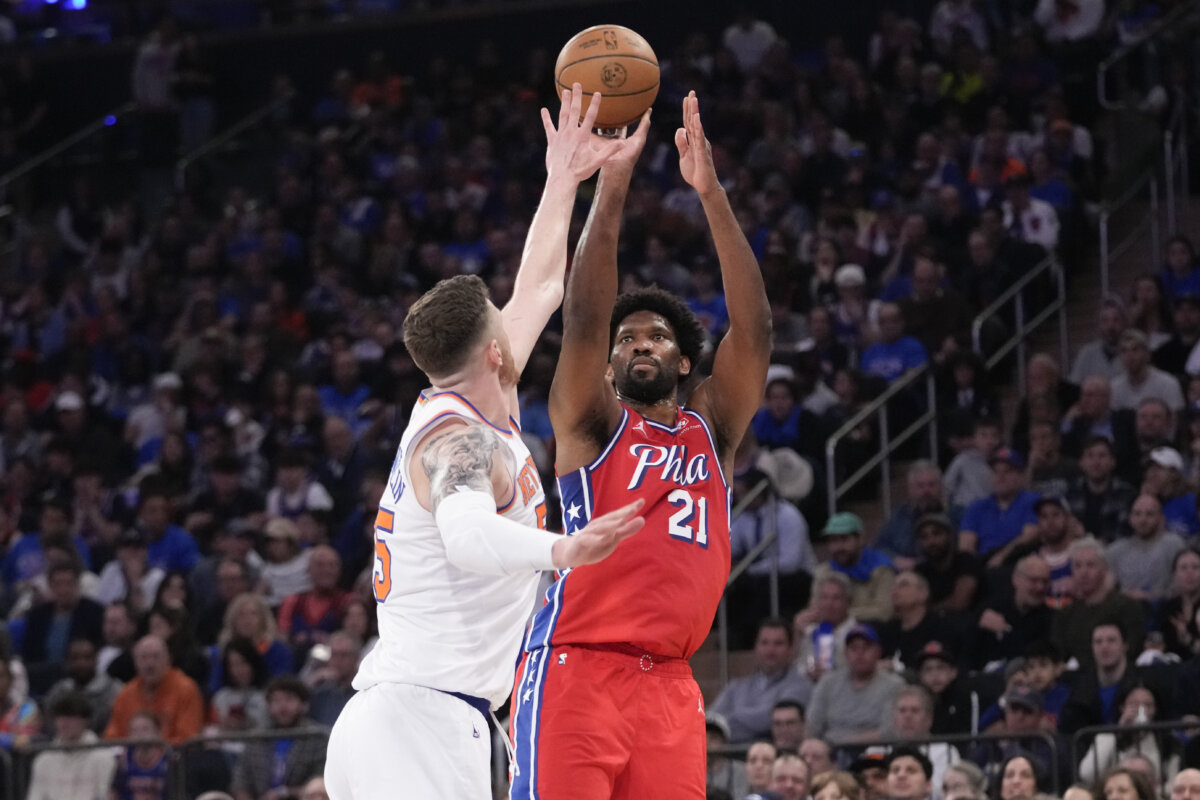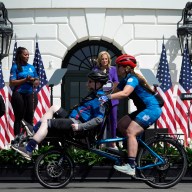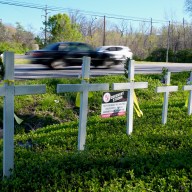Road closures, Olympic lanes and a checkpoint to thwart non-Olympic traffic to Whistler are how organizers of the Vancouver Olympics hope to reduce traffic during the Games by a third.
VANOC announced its transportation plan in March, but fleshed it out yesterday morning — including plans for graduated street closures, beginning Nov. 1 with the handover of the Athletes’ Village.
“This is a huge opportunity for us to change the way that people do get around,” Penny Ballem, Vancouver’s city manager, said at a briefing yesterday morning.
“One of the things that is going to be fundamental to the success of this plan, and of the Games, is to reduce vehicle traffic.”
Street closures will be ramped-up in mid-January around venues like Queen Elizabeth Park (curling) and Pacific Coliseum (figure skating).
The biggest impact, however, will be downtown. A number of streets will be closed for security reasons, including Georgia and Dunsmuir viaducts and Pacific and Expo boulevards.
Others, like Robson and Granville, will become pedestrian malls from noon to midnight. There will also be 24-hour no stopping and parking restrictions on most streets downtown as well as dedicated Olympic lanes between venues.
“We’re very confident that people will get behind and make it successful,” said Terry Wright, VANOC’s executive vice-president of services.
“People have a lot of pride in this region and they’re going to help us show that pride to the rest of the world.”
In Whistler, the biggest change will be a lack of parking. Officials will setup a checkpoint at Alice Lake, north of Squamish, that will only allow vehicles with permits to pass northbound between 6 a.m. and 6 p.m.
















